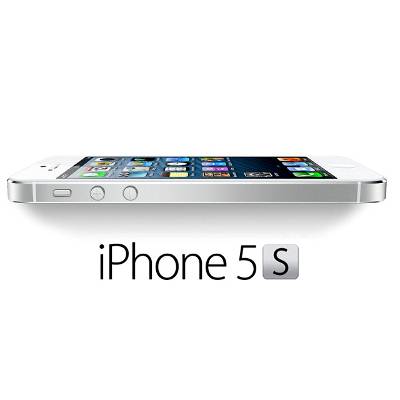The right technology can be a catalyst for change. While the right kind of change can be enough to drive innovation and push the limits of your business, the wrong kind of change--namely, employee turnover--can put a halt to productivity and force you to trace your steps back down the old, familiar path of onboarding and training. How can you use technology to retain top talent and reinforce the right message amongst your employees?
Network Synergy Blog
Network Synergy has been serving the Trumbull area since 1988, providing IT Support such as technical helpdesk support, computer support, and consulting to small and medium-sized businesses.
143 Comments
There are a lot of benefits to implementing a Bring Your Own Device policy for your business. Firstly, people will be able to use the devices that they’ve purchased, and have grown accustomed to, for work. Moreover, many times they can access company information with the use of easy-to-use mobile apps, providing them with more opportunities to be productive. In fact, many organizations that install a BYOD policy see the majority of their workforce work more, which creates more opportunities for revenue growth, and ultimately, higher profitability of the endeavor.
Bring Your Own Device, or BYOD, has grown significantly in the business environment. You might even have a couple practitioners of BYOD in your own office; people who use their personally-owned devices for work purposes. However, just like any potential benefit, it also has drawbacks that need to be considered. How can you implement BYOD without experiencing too many of its drawbacks?
Mobile devices are challenging the traditional perception of the office environment. When employees bring their own devices to work, this is called Bring Your Own Device (BYOD), and it’s an increasingly popular trend. Initially thought of as a threat, BYOD is proving to be a valuable option for businesses wanting to increase productivity, so long as it’s regulated properly.
In the near future, there will be many new devices connecting to the Internet. Some will be useful, while others will be… not so much. Either way, the fact remains that, according to IDC, the Global Internet of Things (IoT) spending is expected to reach around $1.3 trillion by 2020. That’s a pretty huge number, and we’ll tell you why your organization needs to keep the IoT in mind when putting thought into your technology strategy.
As mobile technology booms, employers and employees are learning how to best take advantage of using new mobile technology in the workplace (a trend known as BYOD). To be sure, there are several advantages that come with BYOD, but there’s still hesitancy for many businesses to fully adopt mobile technology due to a lack of trust.
The concept behind BYOD seems really good--employees bring their personal devices to work and use them to accomplish company projects. Initially, BYOD was well received, but after reviewing the security risks, more companies are opting out of it. Is there another way to use mobile devices at work without all the hassle and risks of BYOD?
Two of the latest trends in business culture are environmentally friendly green campaigns and Bring Your Own Device (BYOD) work environments. There are a few ways that a BYOD system can contribute to the success of your company's green campaign, as they both seek to use technology to increase everyday efficiency at the office.
The latest news in office technology movements is the shift toward BYOD (Bring Your Own Device) environments; in which employees are bringing their own mobile devices to work. All the cool kids are doing it, but should you? Before you follow the trend and allow your employees to bring their devices to work, you should consider these risks.
You have probably already heard about Apple Inc.'s latest iPhone innovations; exciting new products that have the potential of revolutionizing your business workday. The two new models of iPhone will come with the opportunity to simplify tasks, be better organized, and have more fun with your daily routine!












